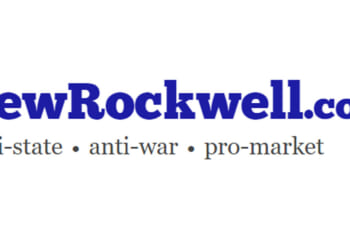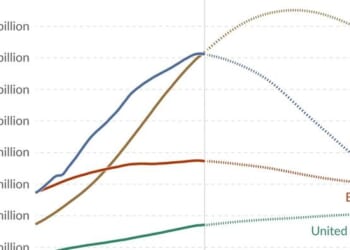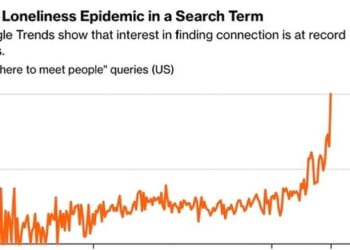As commotion subsides over US Attorney General Pam Bondi’s gaffe following Charlie Kirk’s assassination about prosecutors targeting people who engage in online “hate speech,” it’s vital to distinguish hate speech from both true threats and incitement so that similar mistakes aren’t made. Here’s a recap of the controversy, followed by an overview of important distinctions among these varieties of expression.
The Controversy. During an episode of The Katie Miller Podcast shortly after Kirk’s death, Bondi said “there’s free speech and then there’s hate speech, and there is no place—especially now, especially after what happened to Charlie—[for it] in our society.” She added that “we will absolutely target you, go after you, if you are targeting anyone with hate speech.”

Bondi’s statements were “taken by conservatives as evidence that Bondi misunderstands the American First Amendment.” That’s because the First Amendment generally protects hate speech. As Thomas Berry of the Cato Institute wrote, “The nation’s chief law enforcement officer should know better. There is no ‘hate speech’ exception to the First Amendment.”
The Wall Street Journal’s editorial board queried: “Is a basic understanding of the First Amendment too much to expect from the nation’s Attorney General?” It added that Bondi “often seems to follow the latest social-media, cable-TV mood swing. But she is a law enforcer, not a social-media anger management coach, and she’s sworn to uphold the Constitution.”
Bondi tried to walk back or qualify her podcast statements, posting “Hate speech that crosses the line into threats of violence is NOT protected by the First Amendment.” She told Axios that “My intention was to speak about threats of violence that individuals incite against others.” That statement is problematic because it conflates two distinct categories of unprotected expression—true threats of violence and incitement to violence.
Here are crucial differences under the First Amendment between hate speech, true threats, and incitement to violence. The basic principles for each hold true regardless of whether speech occurs online or in person.
Hate Speech. While the US Supreme Court has identified several varieties of expression the First Amendment doesn’t protect, hate speech isn’t one of them. Indeed, Justice Samuel Alito wrote for the Court in 2017 that
Speech that demeans on the basis of race, ethnicity, gender, religion, age, disability, or any other similar ground is hateful; but the proudest boast of our free speech jurisprudence is that we protect the freedom to express “the thought that we hate.”
In safeguarding the right to burn the American flag in political protest, the Court remarked that “If there is a bedrock principle underlying the First Amendment, it is that the government may not prohibit the expression of an idea simply because society finds the idea itself offensive or disagreeable.”
An enormous problem with regulating “hate speech” is definitional. As Aaron Terr and Angel Eduardo of the Foundation for Individual Rights and Expression recently wrote, “What constitutes ‘hate speech’ is inherently subjective, so it’s impossible to narrowly define it in a way that passes constitutional muster—let alone in a way that doesn’t empower the government to target speech it disfavors.”
Hateful expression isn’t protected by the First Amendment, as I’ve explained, only when it’s “used within the narrow context of a category of expression the Court already has carved out from constitutional shelter, such as fighting words, true threats and incitement to unlawful action or violence.” For instance, a white person angrily yelling the N-word at a Black person in a heated, face-to-face encounter isn’t constitutionally safeguarded because its use falls within the fighting words exception to free speech.
True Threats. The Supreme Court has ruled that “true threats of violence are outside the bounds of First Amendment protection and punishable as crimes.” This is what Bondi tapped into when walking back her podcast statements about targeting hate speech.
Broadly speaking, a true threat is a statement that reasonably would put a person in fear of imminent bodily harm or death. More specifically, the Supreme Court has determined that true threats include “statements where the speaker means to communicate a serious expression of an intent to commit an act of unlawful violence to a particular individual or group of individuals.” Conversely, the Court has held that the First Amendment safeguards “political hyperbole,” and distinguishing hyperbole from true threats isn’t always easy.
Incitement. While true threats involve a speaker’s words placing someone in fear of harm or death, incitement involves speakers intentionally advocating for others to imminently commit lawless acts against a third party. Bondi thus unartfully muddled true threats with incitement when she told Axios she intended “to speak about threats of violence that individuals incite against others.” Unlawful incitement occurs only when “advocacy is directed to inciting or producing imminent lawless action and is likely to incite or produce such action.”
The post Online Hate Speech, Threats, and Incitement: Understanding Key Differences After Bondi’s Blunder appeared first on American Enterprise Institute – AEI.












